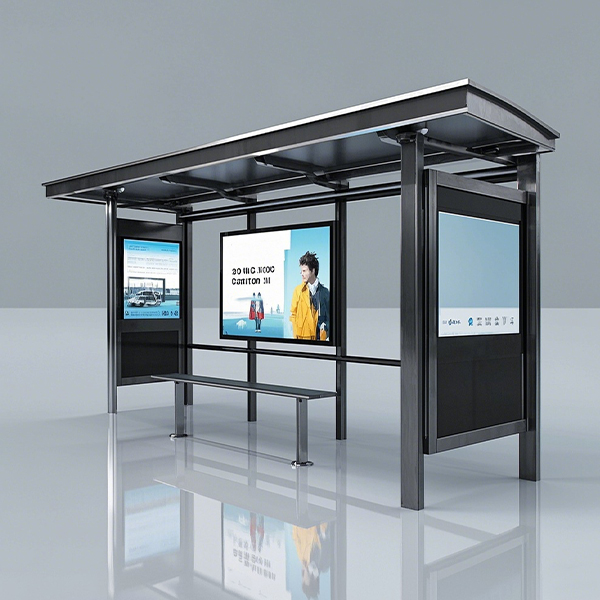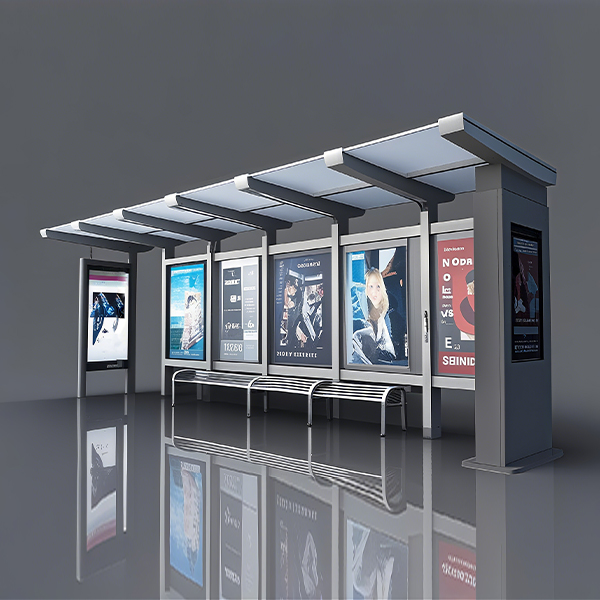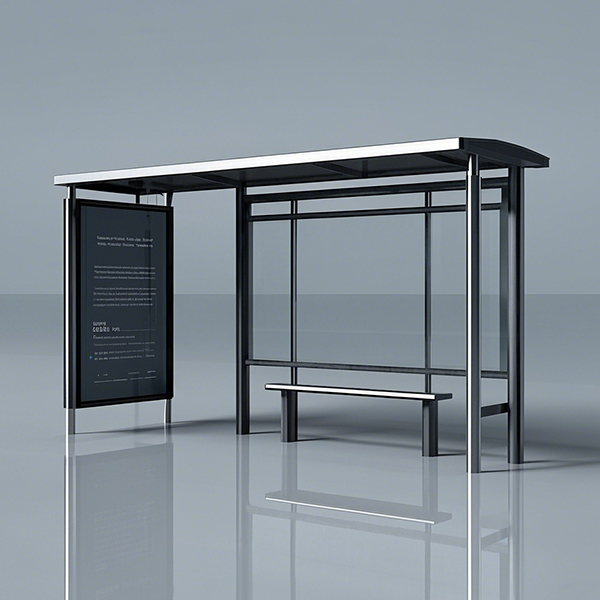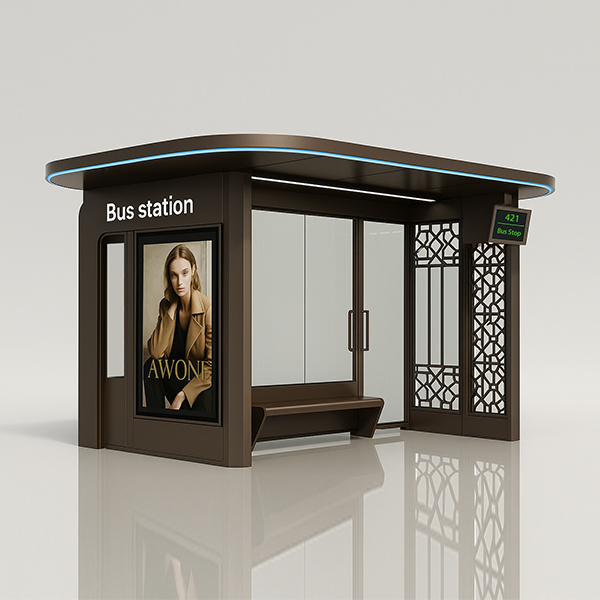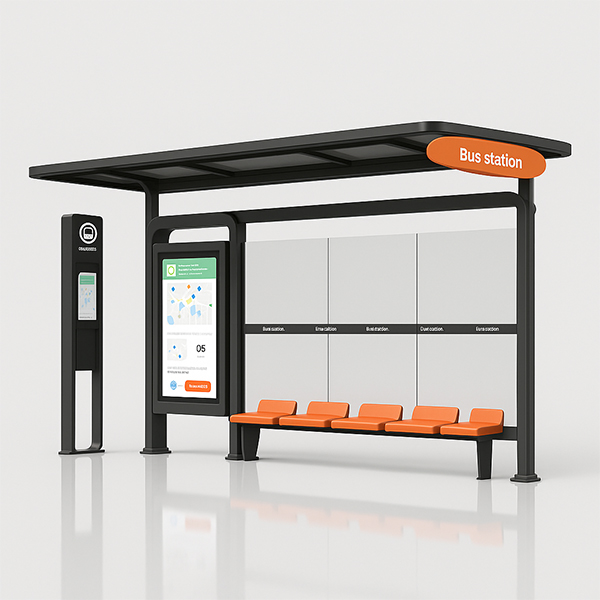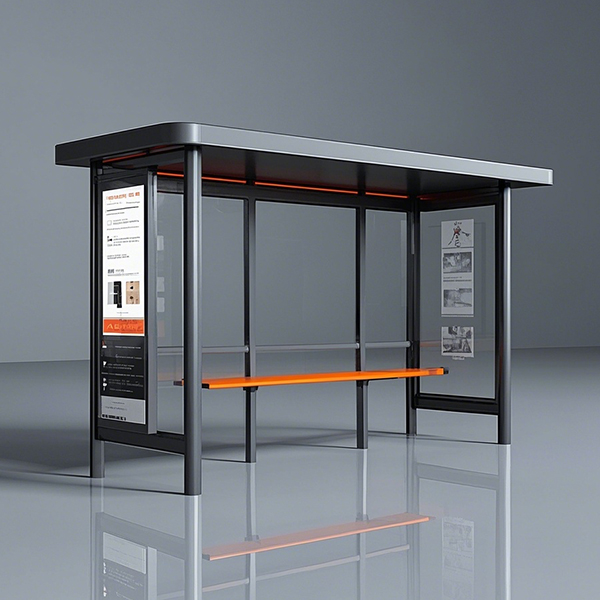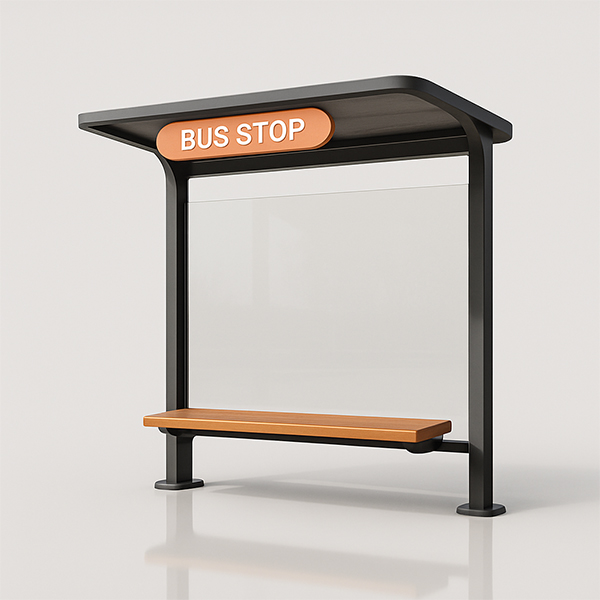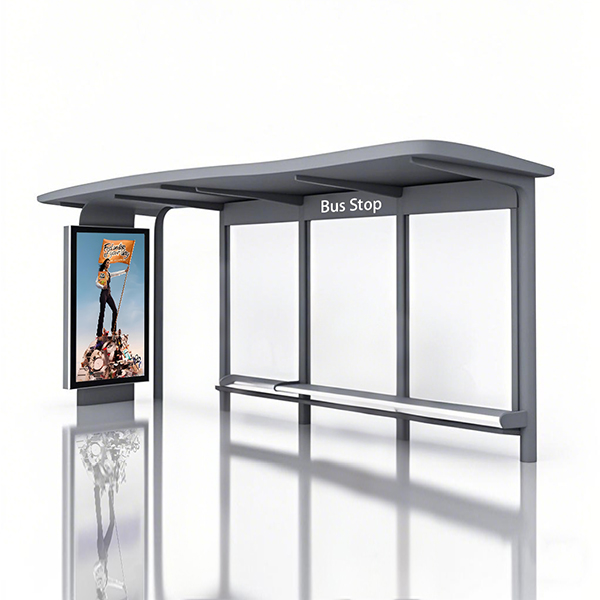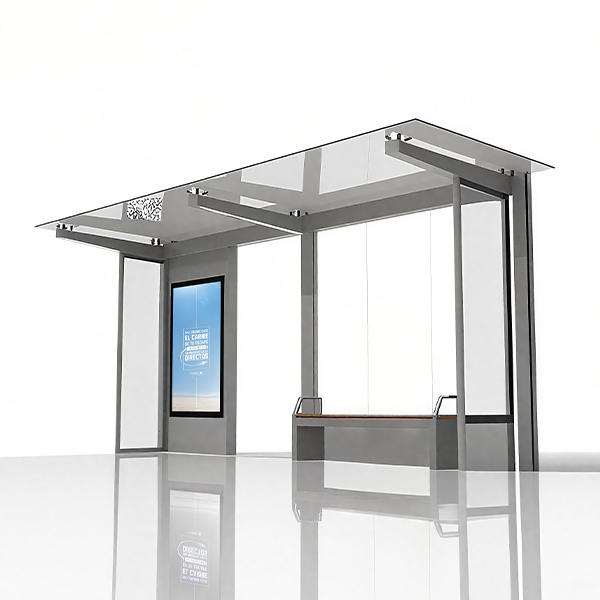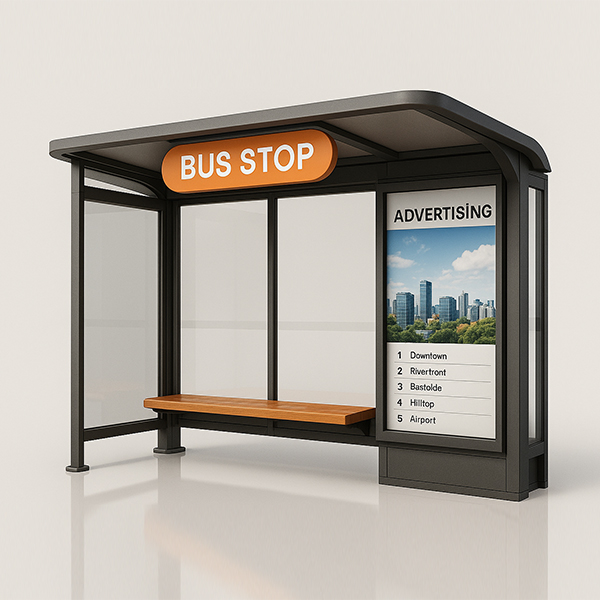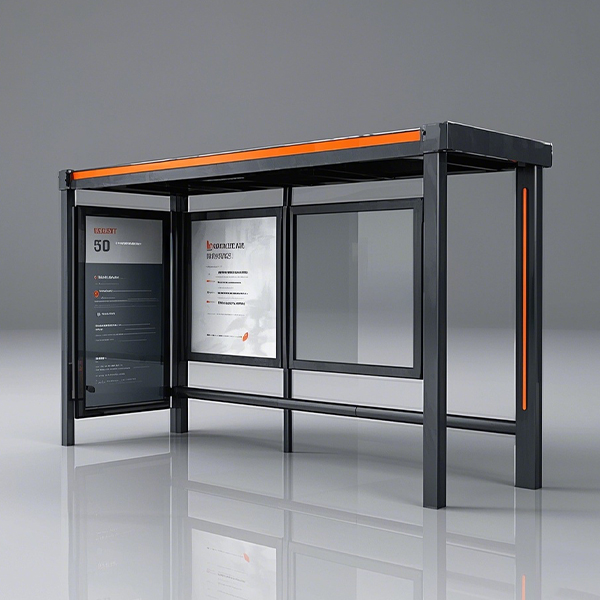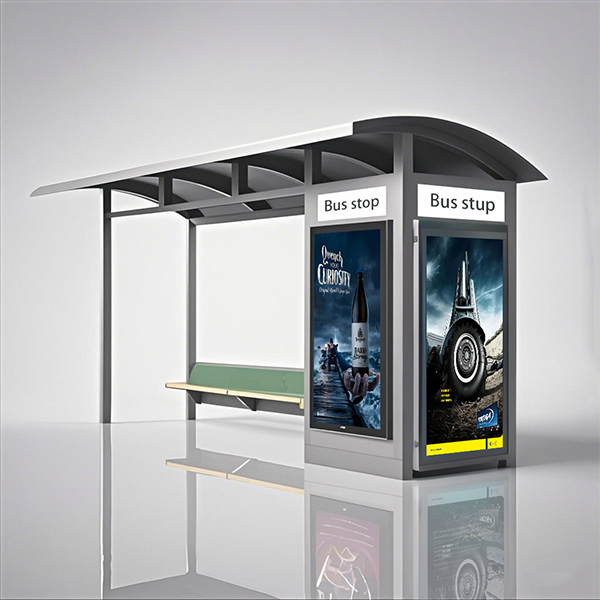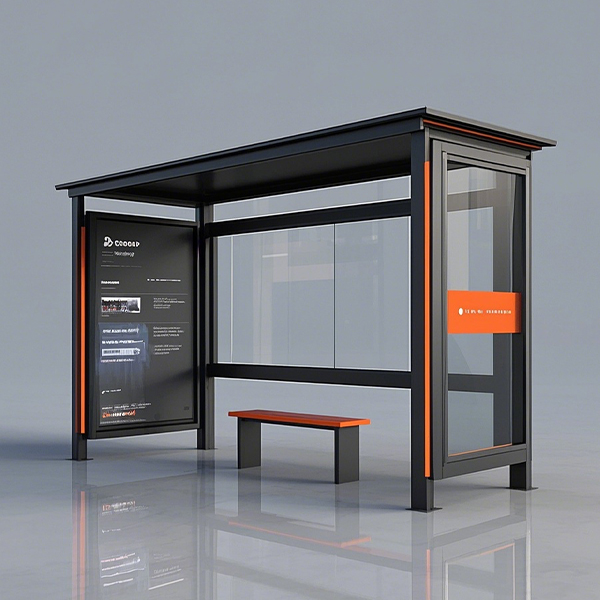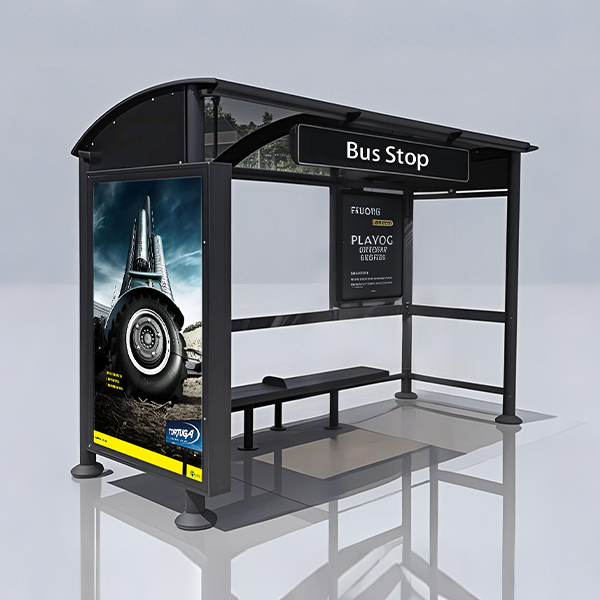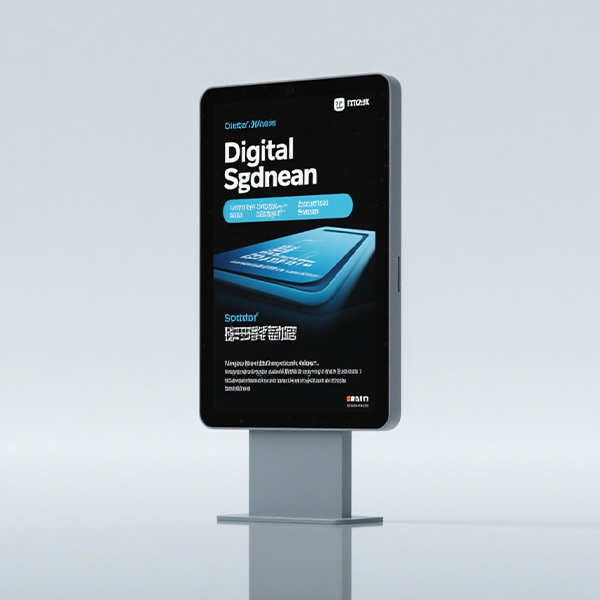
perspex bus shelters
Discover the benefits, design considerations, and maintenance tips for modern perspex bus shelters. This comprehensive guide explores various aspects, from material selection and durability to environmental impact and aesthetic appeal, offering insights for architects, urban planners, and anyone interested in improving public transportation infrastructure.
Why Choose Perspex for Bus Shelters?
Perspex bus shelters, also known as acrylic bus shelters, are increasingly popular due to their unique advantages. Perspex, a type of acrylic, offers superior clarity compared to traditional glass, allowing for excellent visibility and a brighter, more inviting shelter experience. Its lightweight nature simplifies installation and reduces structural requirements, making it a cost-effective solution. Moreover, Perspex boasts high impact resistance, significantly reducing the risk of damage from vandalism or accidental impacts. This durability translates to lower maintenance costs over the shelter's lifespan.
Design Considerations for Perspex Bus Shelters
Size and Capacity
The size of your perspex bus shelter will depend on the expected passenger volume and available space at the bus stop. Larger shelters can accommodate more people comfortably, offering better protection from the elements. Careful consideration should be given to accessibility requirements for wheelchair users and individuals with mobility issues. Adequate space for strollers and luggage should also be factored into the design.
Lighting and Ventilation
Effective lighting is crucial for passenger safety and comfort, particularly during nighttime hours. Integrated LED lighting within the shelter's structure provides energy-efficient and long-lasting illumination. Proper ventilation is equally important to prevent the build-up of moisture and ensure a pleasant environment. Strategically placed vents or openings can facilitate air circulation without compromising weather protection.
Aesthetic Appeal and Branding
The aesthetic design of your perspex bus shelter contributes to the overall urban landscape. Modern designs can incorporate sleek lines and minimalist features to blend seamlessly with the surrounding environment. The transparent nature of Perspex allows for opportunities for creative branding and advertising, adding revenue streams for municipalities or private operators. Consider incorporating custom graphics or signage to enhance the shelter's visual appeal.
Maintenance and Durability of Perspex Bus Shelters
While Perspex is highly durable, proper maintenance is essential to ensure its longevity. Regular cleaning with mild detergents can remove dirt and grime, maintaining the shelter's clarity and aesthetic appeal. Minor scratches can be buffed out with specialized polishing compounds. For more extensive damage, professional repair services are available. The robust nature of perspex bus shelters reduces the frequency of repairs compared to traditional glass structures.
Comparing Perspex to Other Materials
| Feature | Perspex | Glass | Polycarbonate |
|---|---|---|---|
| Impact Resistance | High | Low | Very High |
| Weight | Lightweight | Heavy | Lightweight |
| Clarity | Excellent | Excellent | Good |
| Cost | Moderate | Moderate to High | High |
Choosing a Supplier for Your Perspex Bus Shelters
Selecting a reputable supplier is crucial for ensuring the quality and longevity of your perspex bus shelters. Look for companies with experience in designing, manufacturing, and installing these structures. Consider factors such as material sourcing, manufacturing processes, and customer service. A strong warranty and post-installation support are also essential considerations.
For high-quality perspex bus shelters and other public facility solutions, consider Shandong Luyi Public Facilities Co., Ltd. They offer a wide range of customizable options to meet your specific needs.
This guide provides a comprehensive overview of perspex bus shelters. By understanding the benefits, design considerations, and maintenance requirements, you can make informed decisions to create safe, durable, and aesthetically pleasing public transportation infrastructure. Remember to always prioritize passenger safety and comfort when making design choices.
Соответствующая продукция
Соответствующая продукция







